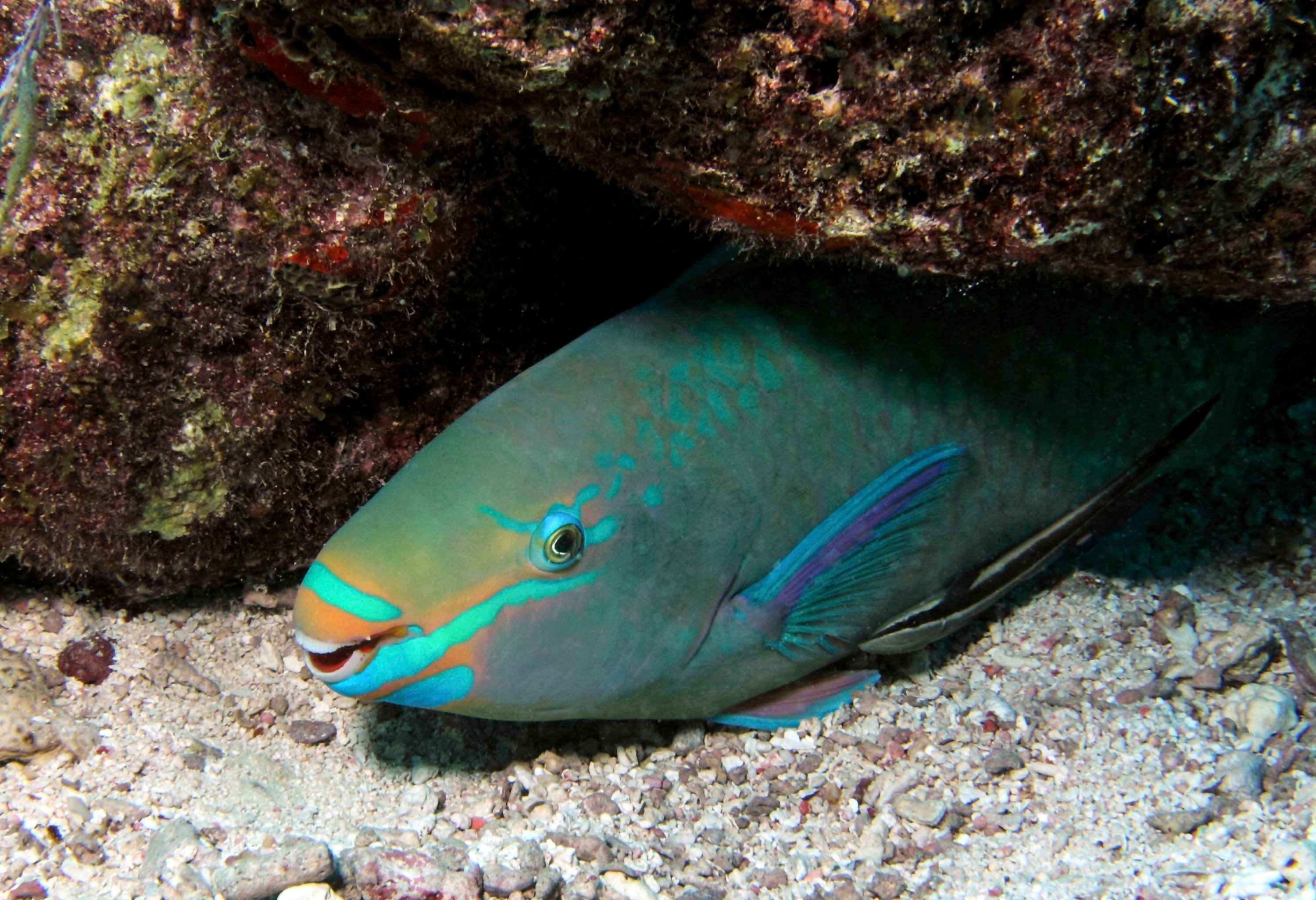
1. Parrotfish Sleep in a Bag of Their Own Mucus
While other fish doze off on their sides, or seek out temporary shelters by slipping into crevices or wriggling into soft mud, the parrotfish beds down in a cocoon of its own making.
To form the ‘sleeping bag’, the parrotfish secretes a transparent jelly-like slime that slowly envelops its body.

2. Dolphins See With Sound
By sending out high-frequency sounds, or clicks, and analyzing the returning echoes a dolphin can find prey, such as a shoal of fish. Its echolocation system also tells the dolphin about the size, shape, and structure of a target, and whether prey is calm or frightened.
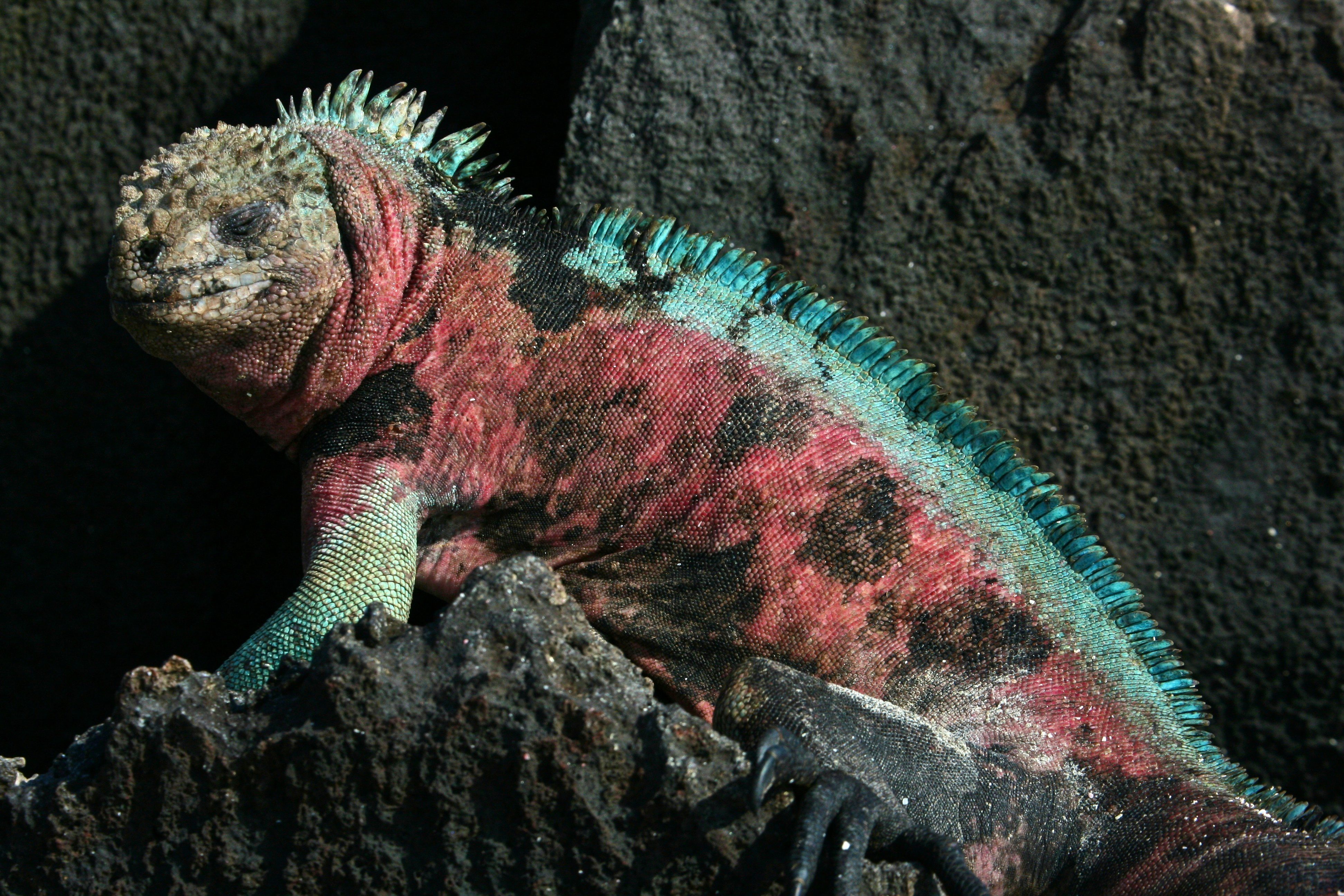
3. The Marine Iguana Can Hold Its Breath for 15 Minutes
These 1.2-m long creatures live exclusively on the Galapagos Islands off the coast of Ecuador. They are one of the few sea-going lizards in the world, making brief excursions to feed on the green sea lettuce that grows on submerged rocks 5-m or more below the surface.
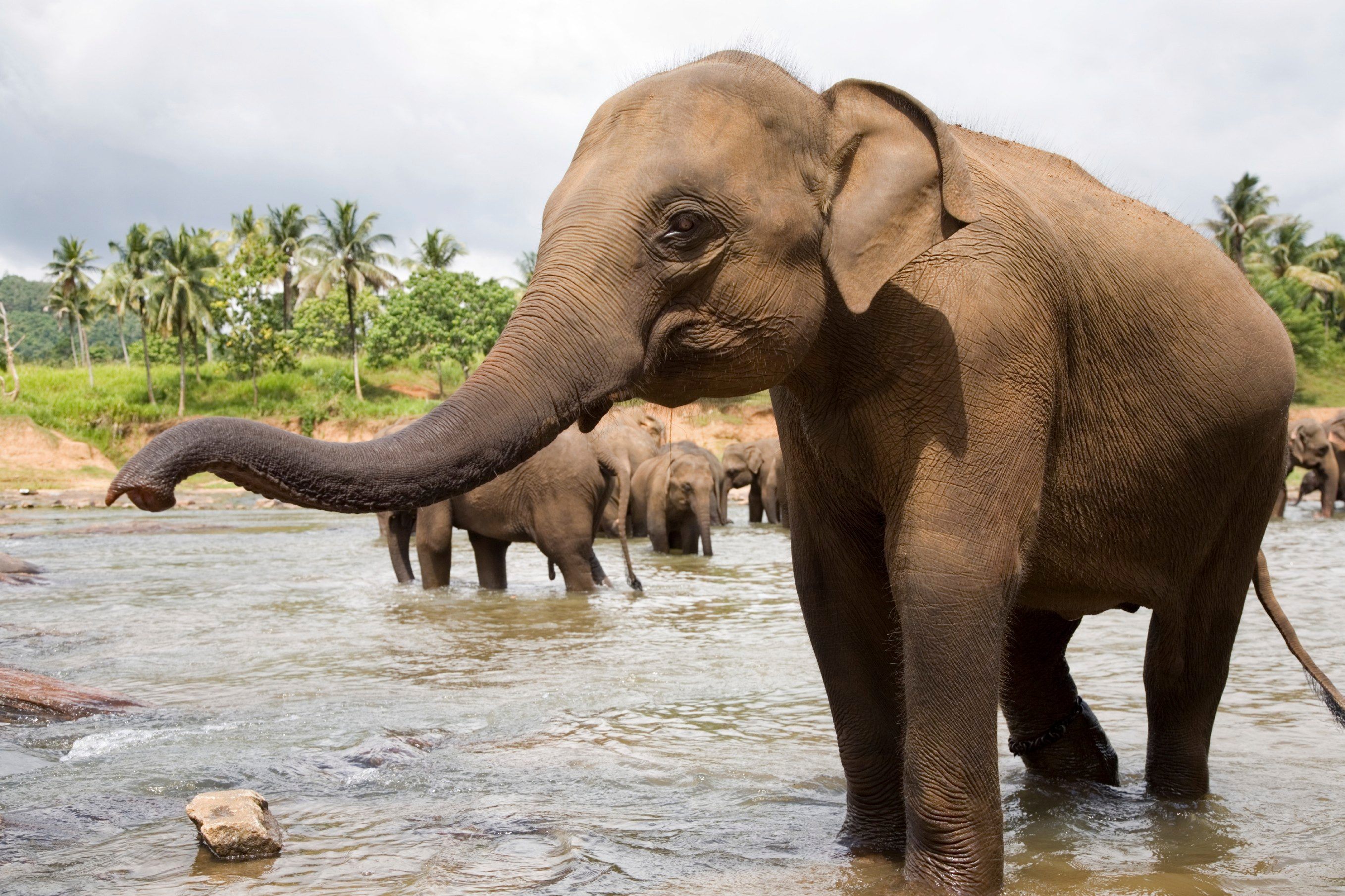
4. Female Elephants Lead the Pack
Females stick together in the elephant world, living in herds under a matriarch. The experience and knowledge of this elder stateswoman, who may be 60 years old, are of great benefit to the group. She will remember, for example, the location of water holes and seasonal food supplies.
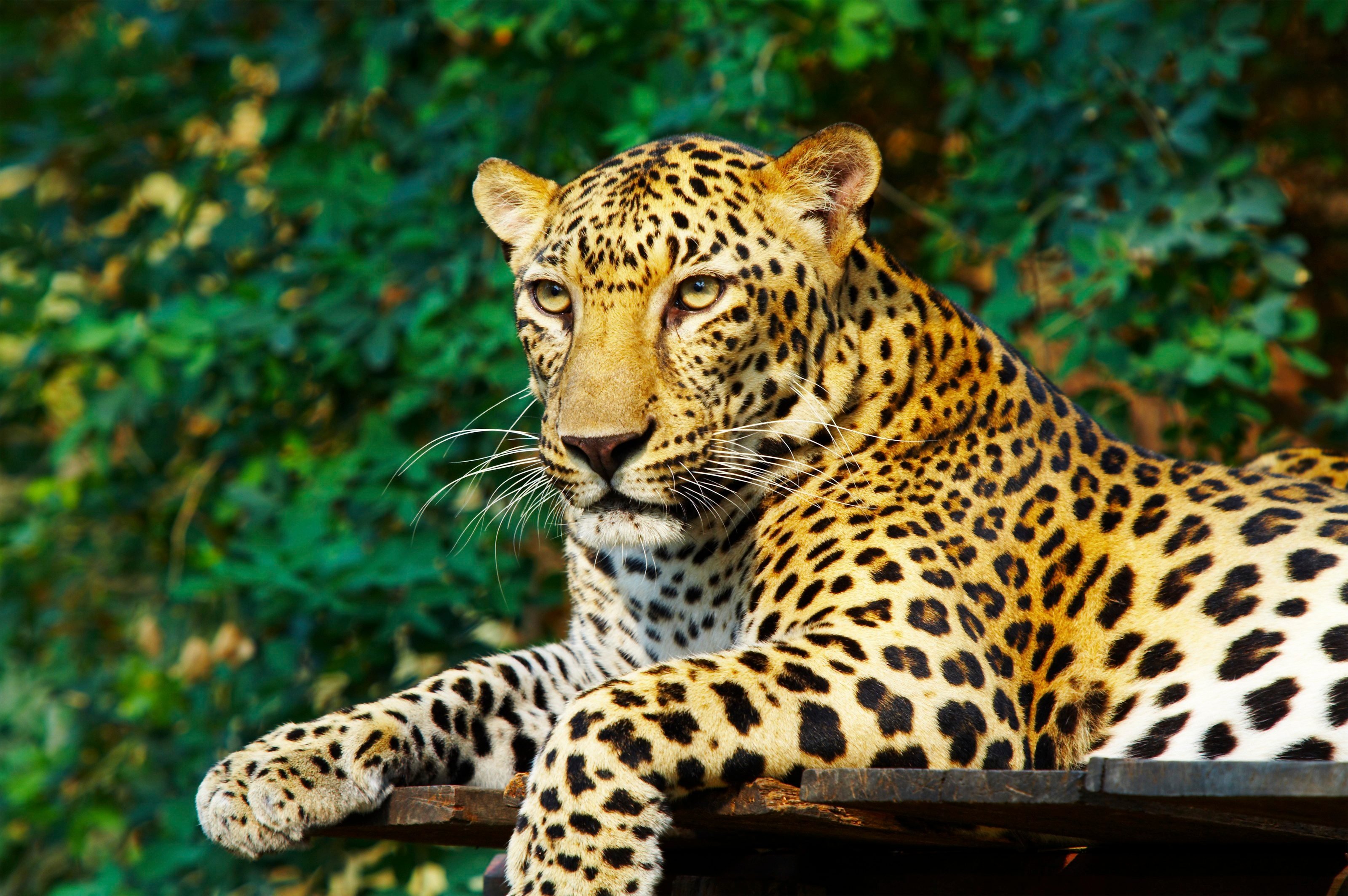
5. The Leopard is the Most Widespread Member of the Cat Family
Found in Africa and Asia, the leopard can reach a speed of 70 km/h but relies on stealth to get close to its intended victim. Leopards rest on the branch of acacia trees and scan the plains for prey. If an animal passes the tree, the leopard drops on top of it.
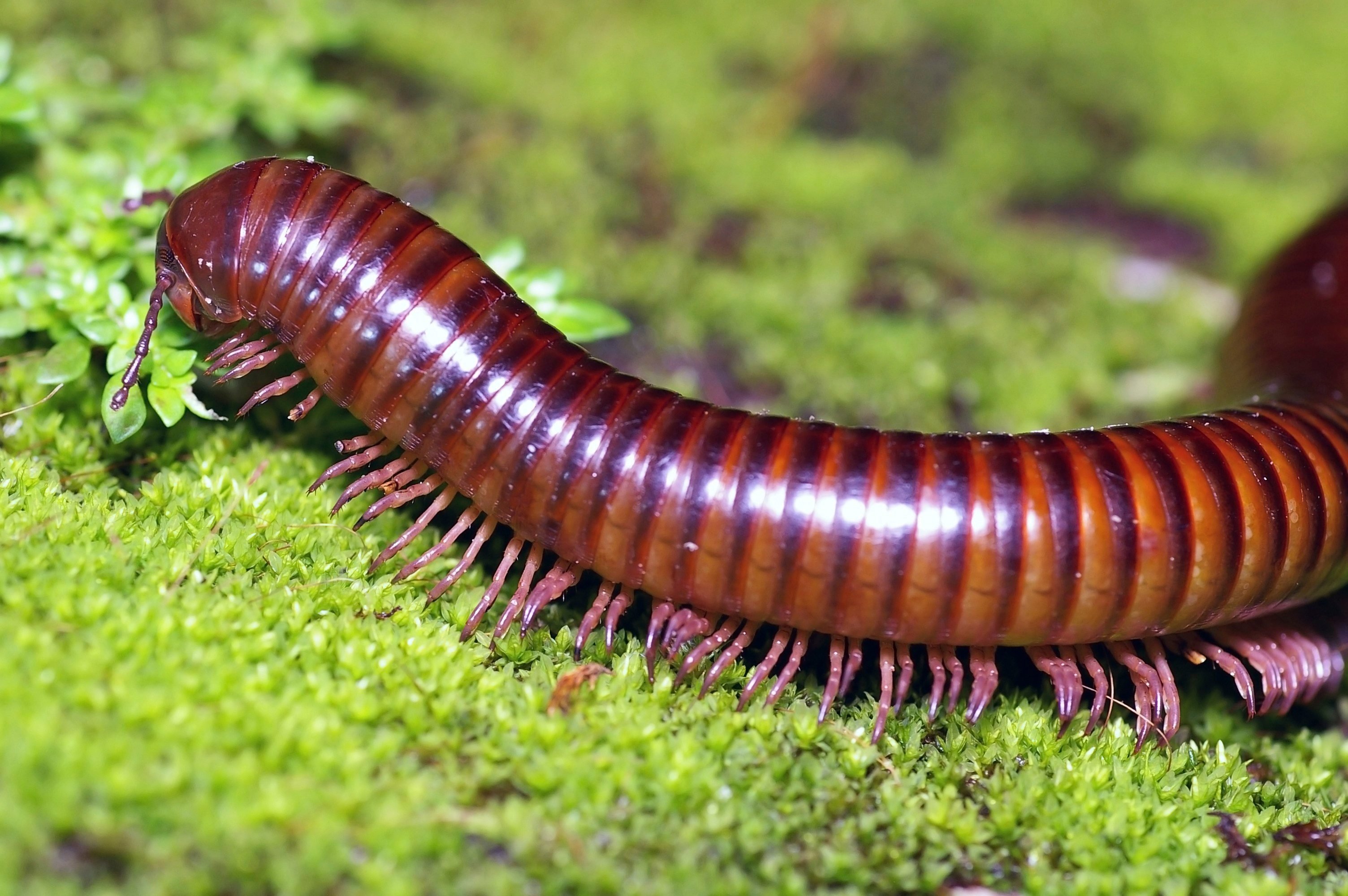
6. The Millipede Does Not Have 1,000 Legs
While millipedes do not have 1,000 legs, they certainly have more than most animals! Some giant millipedes have 400 legs and movement has to be carefully coordinated.

7. Penguins Travel Great Distances on Land
While all penguin species stand on their short legs and waddle, penguins such as the Adelie, chinstrap, and emperor can proceed more rapidly by tobogganing on their bellies, using their feet and wings for propulsion.